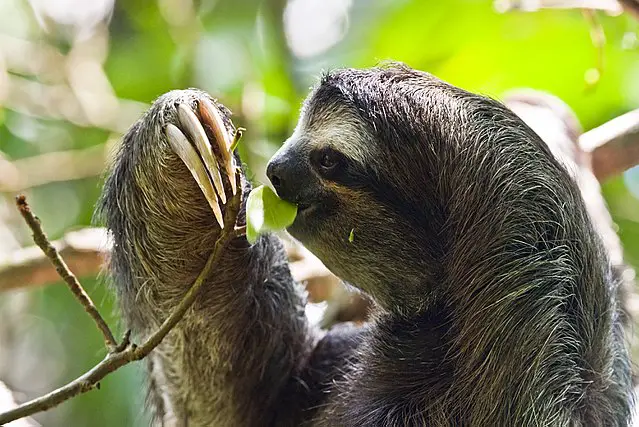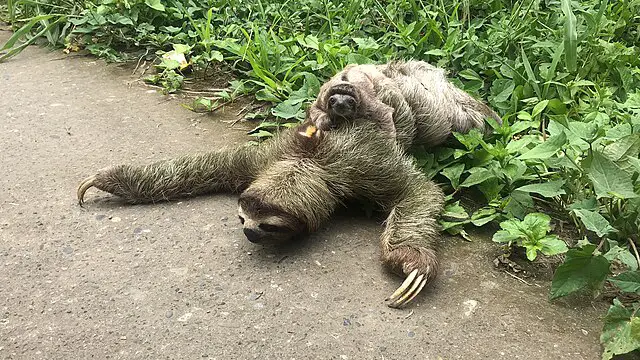Known for their leisurely movements and tree-dwelling lifestyle, sloths have a hidden superpower that sets them apart from almost every other land mammal—they can hold their breath for up to 40 minutes. That’s longer than dolphins, whales, and even some sea turtles. But why would an animal that rarely leaves the trees need such an ability?
The Science Behind Sloths’ Breath-Holding Ability
Unlike humans, who need to actively control their breathing when holding their breath, sloths have an automatic advantage. Their low metabolic rate means they consume very little oxygen, allowing them to slow their heart rate to a third of its normal speed. This means their body doesn’t demand oxygen as quickly, allowing them to survive extended periods without breathing.

Why Do Sloths Need to Hold Their Breath?
It might seem strange for an arboreal animal to develop such a skill, but sloths are not as exclusively tree-bound as they seem. Unlike many other mammals, sloths are surprisingly adept swimmers. When they need to cross rivers or escape predators, they drop into the water and use their long, powerful limbs to move efficiently. This is where their breath-holding ability comes in handy—by staying submerged, they can avoid being detected by predators like harpy eagles and jaguars.
Sloths vs. Dolphins: A Breath-Holding Showdown
Dolphins are famous for their ability to hold their breath underwater, but even they typically surface every 10-15 minutes. Sloths, in contrast, can remain submerged for up to 40 minutes. This means that if a sloth and a dolphin were in a breath-holding competition, the sloth would win by a landslide. Their ability to slow their metabolism and conserve oxygen gives them a surprising advantage over even the most efficient aquatic mammals.
How This Superpower Benefits Sloths
Apart from helping them survive in water, their slow metabolism and breath-holding skills also help them avoid detection from predators. Since sloths move at an almost imperceptible pace, they rely on blending into their environment rather than fleeing danger. Their slow heartbeat and reduced oxygen consumption make them difficult for predators to detect, especially ones that rely on movement to spot prey.
The Hidden Wonders of Sloths
Sloths may seem like simple, lazy creatures, but their biology is full of astonishing adaptations. From their unbelievable ability to hold their breath to their unique way of processing food and energy, they are proof that nature rewards patience and efficiency. So, next time you see a sloth moving in slow motion, remember—behind that sluggish exterior is a biological marvel that even outperforms some of the ocean’s best breath-holders.

